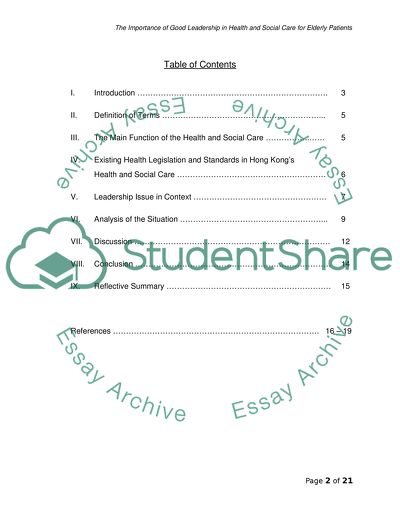Cite this document
(“Leadership in Health and Social Care Essay Example | Topics and Well Written Essays - 3000 words”, n.d.)
Retrieved from https://studentshare.org/sociology/1550565-leadership-in-health-and-social-care
Retrieved from https://studentshare.org/sociology/1550565-leadership-in-health-and-social-care
(Leadership in Health and Social Care Essay Example | Topics and Well Written Essays - 3000 Words)
https://studentshare.org/sociology/1550565-leadership-in-health-and-social-care.
https://studentshare.org/sociology/1550565-leadership-in-health-and-social-care.
“Leadership in Health and Social Care Essay Example | Topics and Well Written Essays - 3000 Words”, n.d. https://studentshare.org/sociology/1550565-leadership-in-health-and-social-care.


